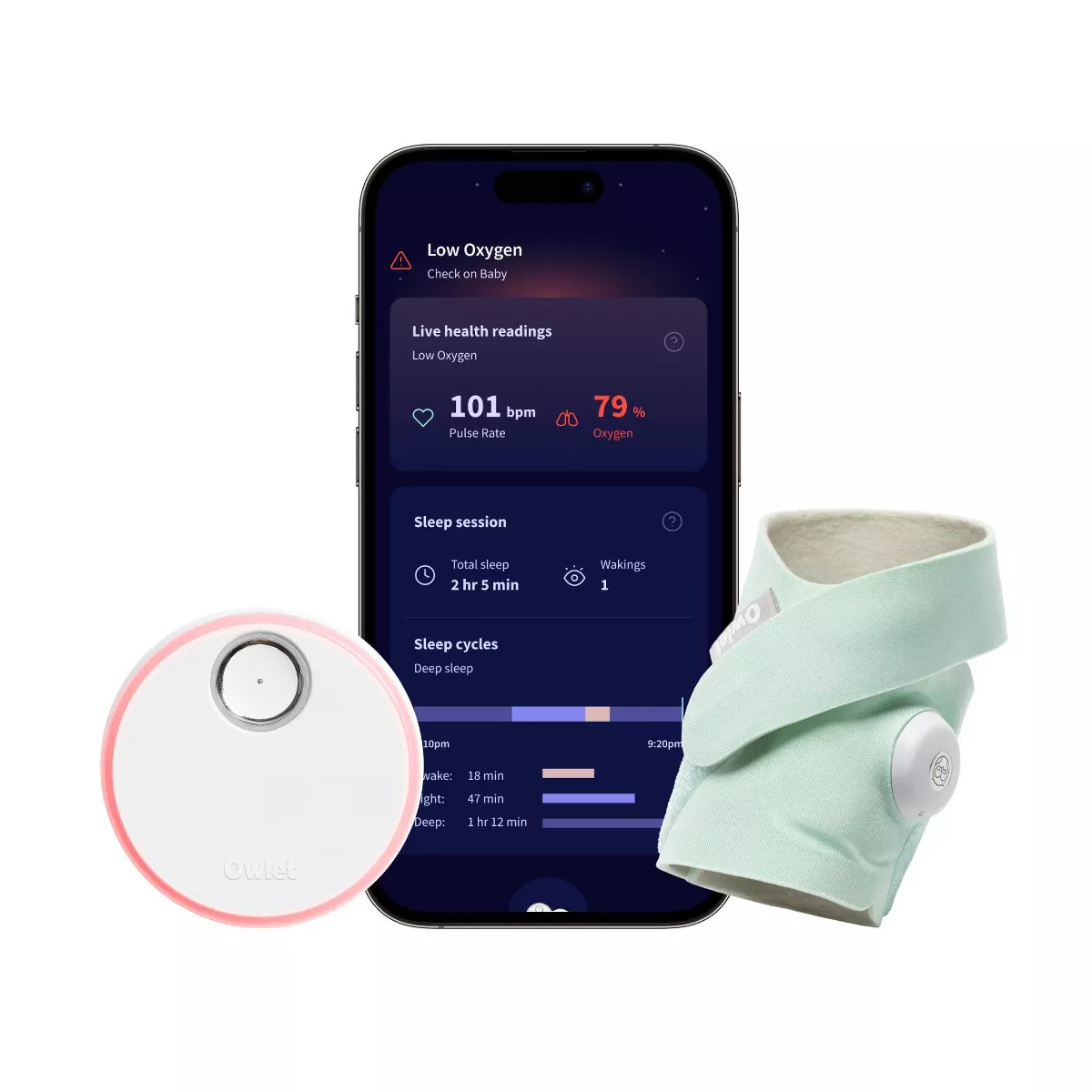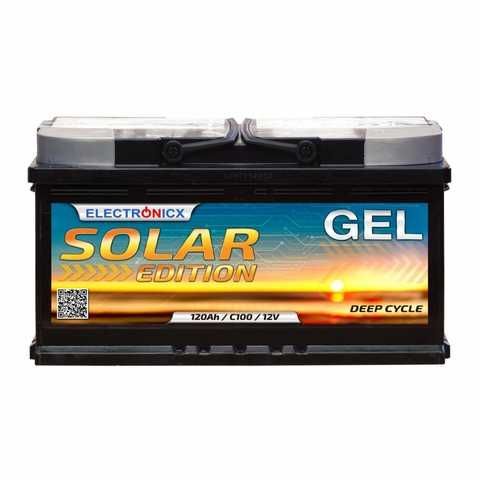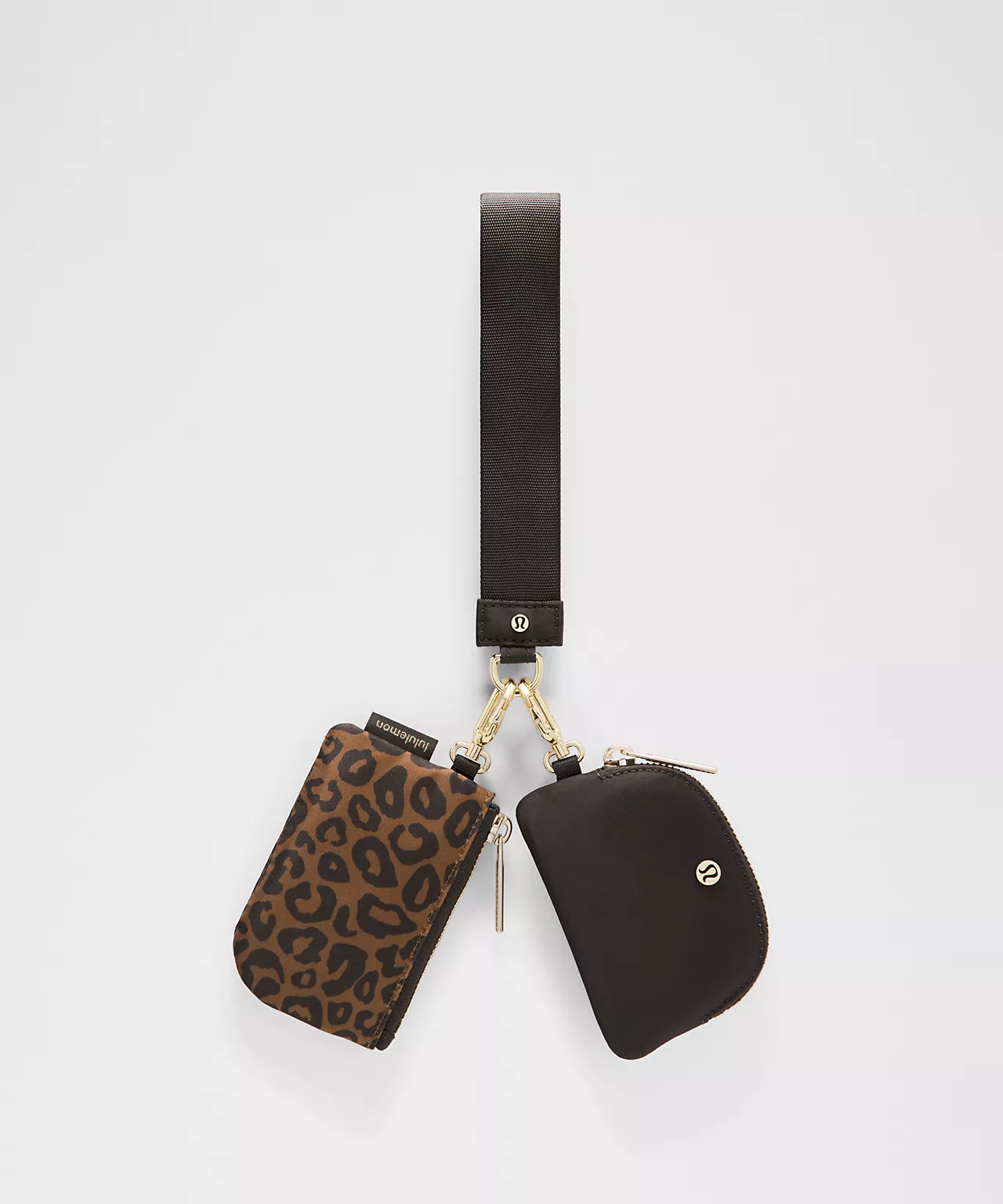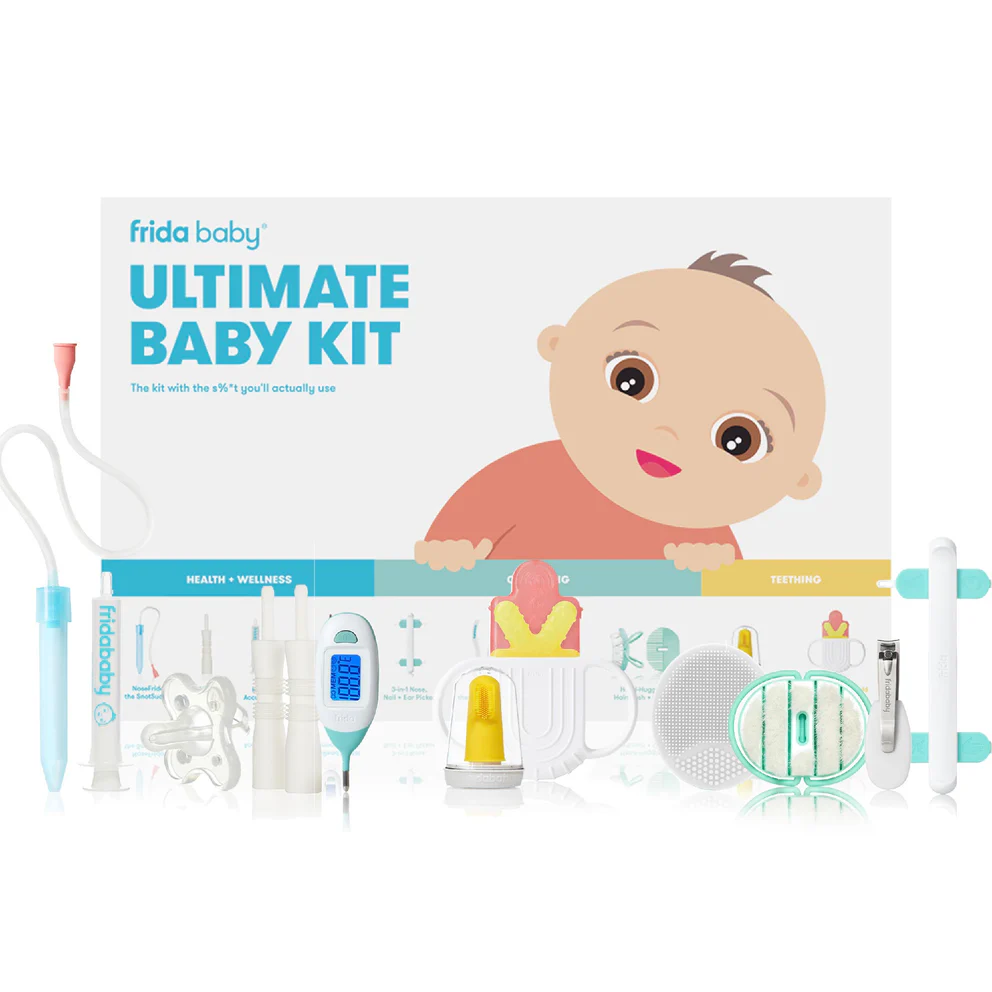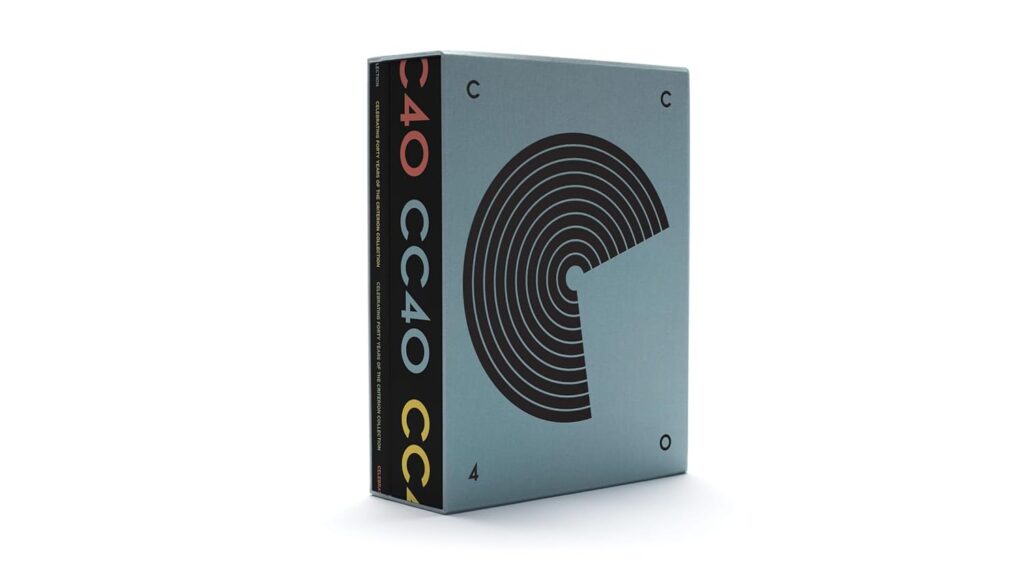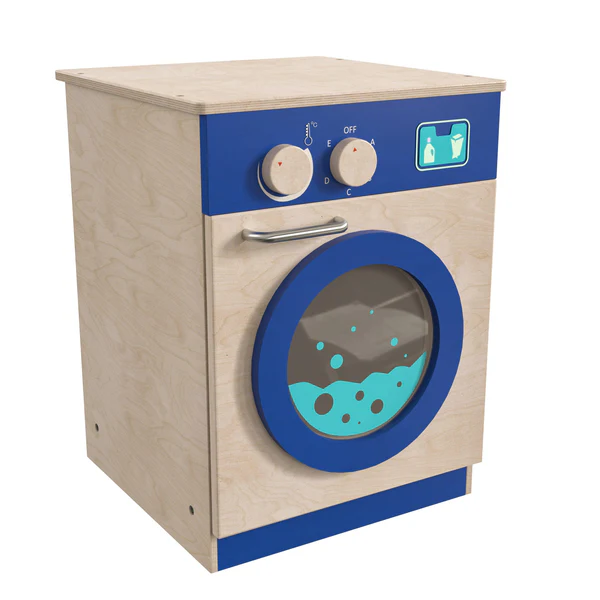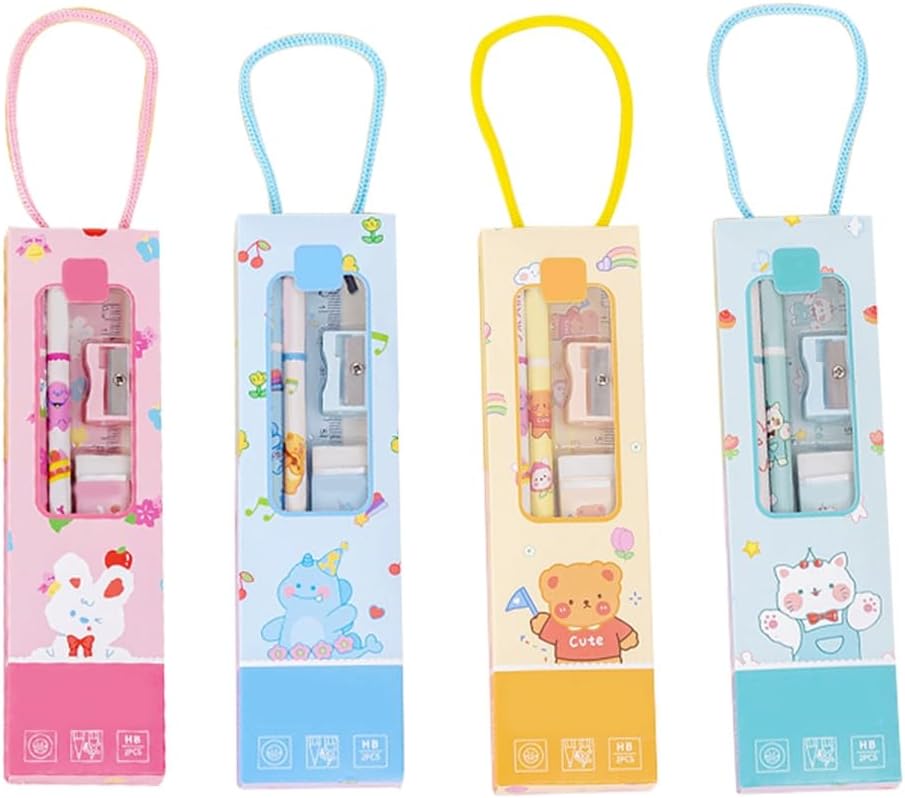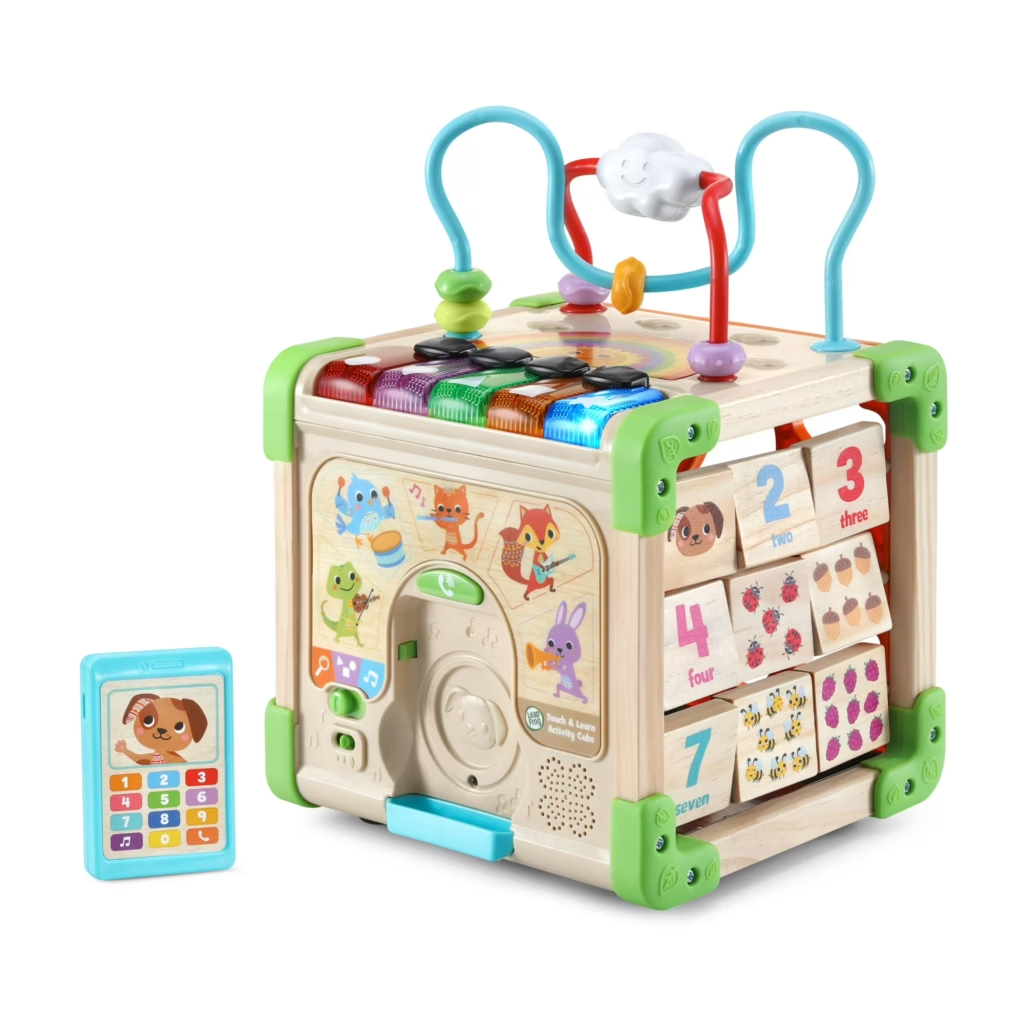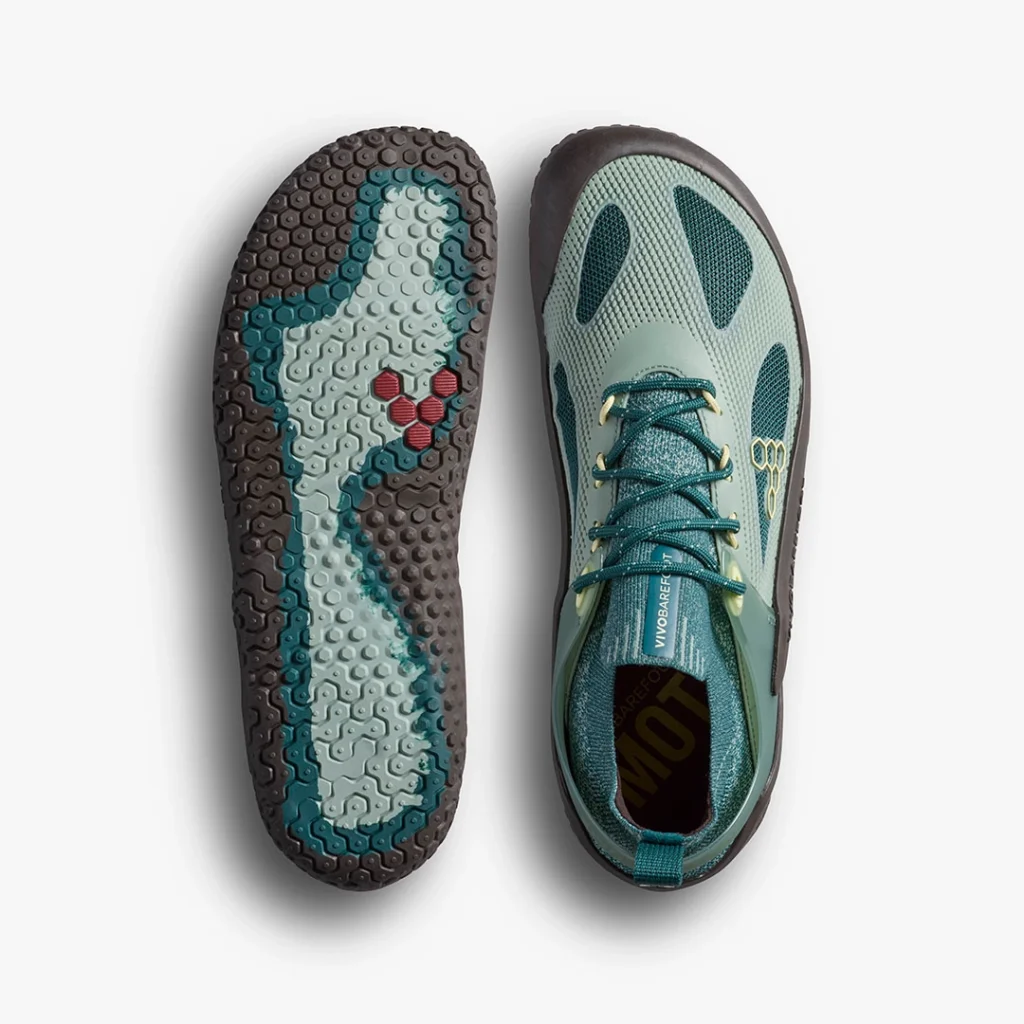Nighttime with a baby lives in small moments: the sigh when you lift them, the soft shuffle to the crib, the whisper-quick peek to make sure all is well. The Owlet Dream Sock fits into those moments as a companion, not a conductor—there to help you check in, not to narrate every second of your evening. Used thoughtfully, it can reduce the “just one more peek” spiral, support gentler routines, and give your mind a place to rest so your body can, too.
This guide is about the human side of the Owlet Dream Sock—where it lives in your nursery flow, how to integrate checks without overstimulating baby or yourself, and how to keep everything simple on nights when you’re running on fumes. You won’t find tech specs or feature lists here. Instead, you’ll get real-world choreography, small design decisions that make a big difference, and a couple of quick checklists you can screenshot for the fridge.

Place It, Forget It (Until You Need It)
The smartest device in the room should also be the quietest. Choose a home base for the Owlet Dream Sock that’s boring in the best way—reliable, repeatable, reachable. Keep the charging base on a low shelf beside the crib or on your dresser, away from curious little hands and cords. Create a tiny “pre-sleep lane”: diaper → pajamas → sock → swaddle/sleep sack → cuddle → crib. Put the sock on at the same moment every evening so your muscle memory takes over when your brain is done for the day.
If you share nights, keep a small card near the base that states the order in a single line. Consistency is kindness, especially at 3 a.m.
First-Week Setup (the screenshot list)
- Choose one charging spot and never move it.
- Decide which caregiver handles the sock during the bedtime routine.
- Practice a calm voice cue while placing the sock (“cozy toes, sleepy time”).
- Keep a spare pair of baby socks nearby for cooler nights or quick swaps.
- Set your phone to a bedtime focus mode so only essential notifications come through.
Calm Checks Beat Frequent Checks
Reassurance is good; hypervigilance is exhausting. The goal is to compress your mental load, not add to it. Let the Owlet Dream Sock support two kinds of check-ins: the glance (fast, no fanfare) and the touchpoint (slow, deliberate, rare). The glance is what most nights need—a quick look, then back to your evening. The touchpoint is for those rare “I need to be sure” moments: walk in softly, place a warm palm on the belly, count two of your own breaths, then step away. Resist the urge to stack check upon check; more data doesn’t always equal more calm.
Soothing Cues to Pair with Any Check
- Breathe slowly once before you look.
- Whisper the same two words (“rest easy”).
- Keep lights low and movement minimal.
- Touch baby only if necessary, and always with warm hands.
- Leave the room at the same pace you entered.
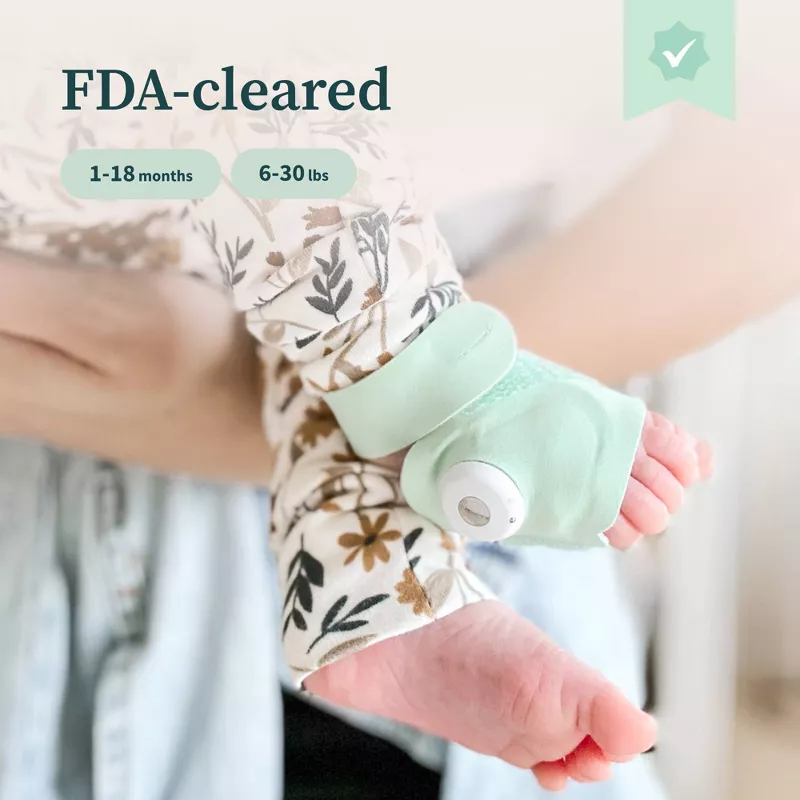
Night Feeds Without Losing the Thread
The Owlet Dream Sock is most helpful when it anchors your rhythm. Night feeds become smoother if the environment changes as little as possible. Keep light at the same low setting, use the same chair or position, and swap sides (if you’re nursing) before swapping rooms. When baby returns to the crib, the sock is still part of the familiar bedtime sequence—no novelty, no restart.
If you use white noise, keep it steady; if you use a lullaby, choose the same short one each time so the routine feels like a consistent bridge back to sleep.
Micro-Checklist for Night Feeds
- Water bottle and burp cloth pre-staged by the chair.
- A thin muslin on the arm you’ll use to lift baby.
- Phone on focus mode face-down; no doom-scroll detours.
- Diaper items within arm’s reach if needed—no bright hunt.
Daytime Naps: Same Tool, Softer Touch
Day naps benefit from a lighter approach. Consider using the Owlet Dream Sock during longer naps while keeping shorter catnaps uninstrumented. This preserves your daytime intuition and builds your confidence without making you feel “on call” all day. As always, follow your pediatrician’s guidance for safe sleep and overall baby care—devices are helpers, not replacements for that advice.
Travel Days, Calm Nights
Away-from-home nights are where routines wobble. The Owlet Dream Sock can steady the experience by recreating familiar beats: the same warm hands on toes, the same quiet phrase, the same order of steps before sleep. Keep the device’s home base predictable in a new room—low shelf, edge of dresser, never on a bed.
Travel Pack List (tiny but mighty)
- Owlet Dream Sock + charging base + cord.
- Two zip pouches: one for device, one for baby socks.
- Compact extension cord (hotel outlets are never where you need them).
- A small nightlight or travel lamp with a warm setting.
- Your “rest easy” phrase written on a sticky note for jet-lagged brains.
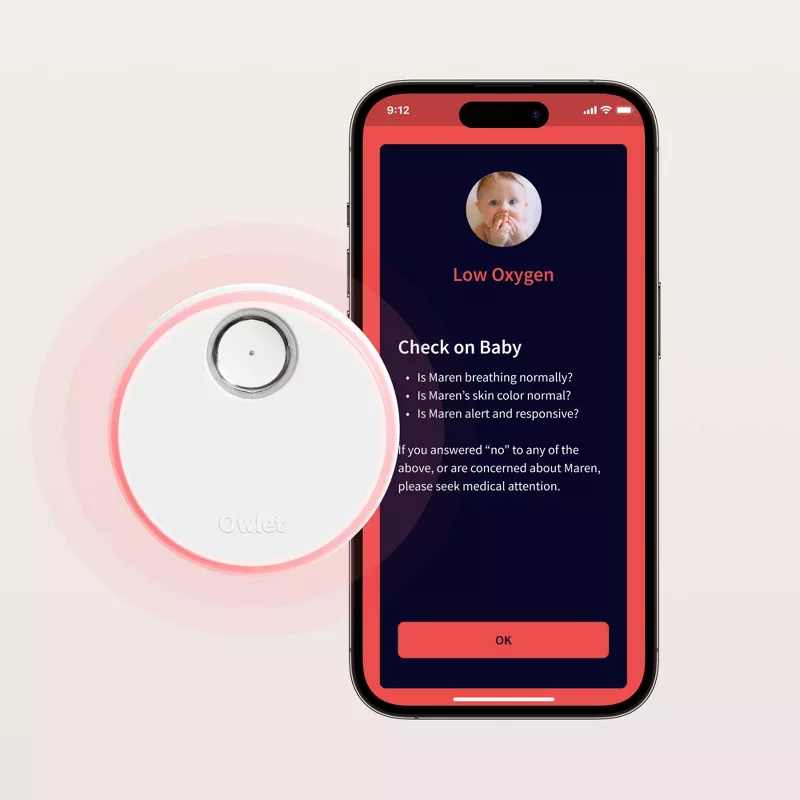
Keep the Ritual Gentle (and Repeatable)
The difference between a good device and a great device is how it fits your life. A gentle ritual makes the Owlet Dream Sock feel like part of the bedtime story rather than a task. As you slip it on, narrate softly: “cozy toes, sleepy time.” Keep your hands slow; babies borrow your nervous system. Put the sock on in the same sequence nightly so your body can do the work when your mind is busy elsewhere.
If you like, pair the moment with a single scent cue—a freshly washed sleep sack or a drop of your usual laundry detergent. Familiar smells anchor the brain, yours and baby’s.
Maintenance That Doesn’t Feel Like a Chore
The best upkeep is the kind you barely notice. Wipe the sock gently when needed; leave the base dust-free with a quick weekly wipe. Coil the cord the same way every time so you don’t fight tangles during bedtime. If you find yourself delaying bedtime to fuss with setup, simplify: fewer objects on the dresser, fewer steps, more flow.
Sunday-Reset (two minutes, tops)
- Wipe the base.
- Coil and tuck the cord.
- Wash the spare baby socks.
- Restage the charging spot and put your sticky-note sequence where you can see it.
Managing Your Own Mind (Because Parents Are People)
Tools are only as helpful as the headspace they support. If you notice yourself spiraling into over-checking, set a “peek budget” for the evening: one glance after the crib transfer, one before you go to bed. Trust the rhythm you’re building; trust that you’ll hear what you need to hear; trust that rest is how you show up better tomorrow.
If you co-parent, agree on a quiet handoff for nights when one person needs a deeper sleep window. A sticky note on the bedroom door—“You’re off-duty tonight”—can be surprisingly powerful.
Designing the Nursery Around Ease
Even the most thoughtful device can’t fix a chaotic layout. Put your chair where you can stand up without navigating obstacles, keep cords tidied and out of reach, and choose a dimmable lamp whose switch you can hit in the dark. The Owlet Dream Sock should feel like a small, beautiful part of a larger, calmer whole—one more soft line in a room designed for rest.
Small Design Swaps with Big Payoff
- A warm-glow bulb instead of blue-white light.
- Fabric baskets that slide silently instead of drawers that clack.
- A narrow shelf high on the wall for any gear you want nearby but out of little reach.
- A linen runner on the dresser to absorb tiny drips, not your patience.
A Word on Boundaries & Balance
Devices offer information; parents offer presence. Use the Owlet Dream Sock to reduce uncertainty, not to outsource your instinct. When in doubt, consult your pediatrician or healthcare provider about your baby’s sleep and wellness. Your device supports the plan; it doesn’t write it.
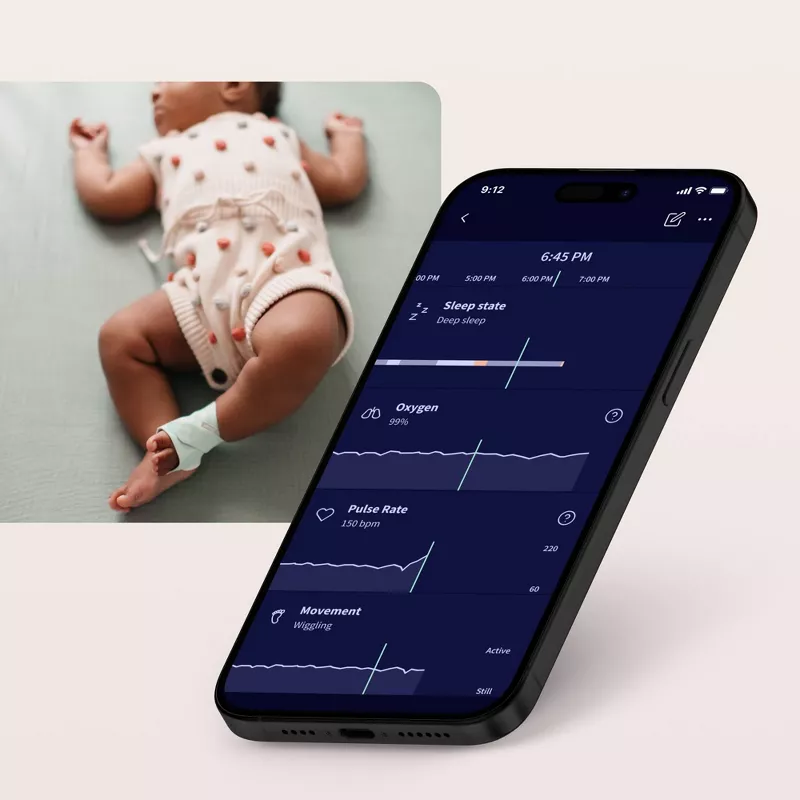
Conclusion
Peace at night doesn’t arrive all at once; it accumulates in small, repeatable choices. The Owlet Dream Sock can be one of those choices—a quiet helper that lives inside your routine, not over it. Place it where your hands already go. Pair it with a single phrase that calms both of you. Let checks be calm and quick, feeds be steady and warm, travel be a remix of home rather than a reset. Keep maintenance light, the room quiet, and your expectations kind. You’re not chasing perfect; you’re building “good enough” into something beautifully reliable.
FAQ
- Where should I keep the base so it’s always ready?
On a low, stable surface beside the crib or on your dresser—away from tiny hands and tangled cords—so you never hunt at bedtime. - How do I avoid over-checking?
Set a simple “peek budget”: one glance after transfer, one before your own bedtime. Trust the routine; keep lights low and movements minimal. - Can we both handle nights without confusion?
Yes—write your bedtime sequence on a card, assign who handles the sock each night, and keep your phone on a bedtime focus so only essentials ping. - What if my baby fully wakes during a check?
Return to your calm script (“rest easy”), keep light unchanged, and use a brief belly palm to cue safety. Then step away at the same pace you came in. - How do I integrate the sock with night feeds?
Keep the environment consistent—same chair, same dim light, same lullaby length—so re-settling after the feed feels familiar. - Any travel tips?
Pack the base, cord, spare baby socks, and a mini nightlight. Recreate your bedtime order in the new room so your body (and baby’s) recognizes the beats. - How much cleaning does it need?
Light, regular wipes for the base and sock; a quick two-minute Sunday reset keeps everything pleasant without turning it into a project. - Is this a replacement for medical advice?
No. It’s a helper inside your routine. For any health or sleep concerns, follow safe-sleep practices and consult your pediatrician or healthcare provider.

